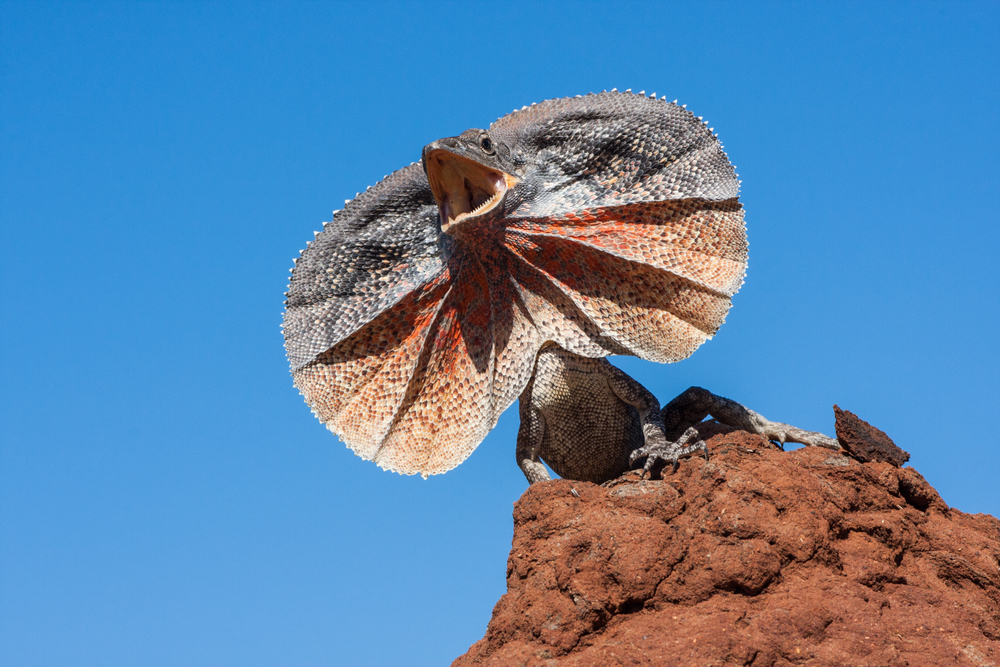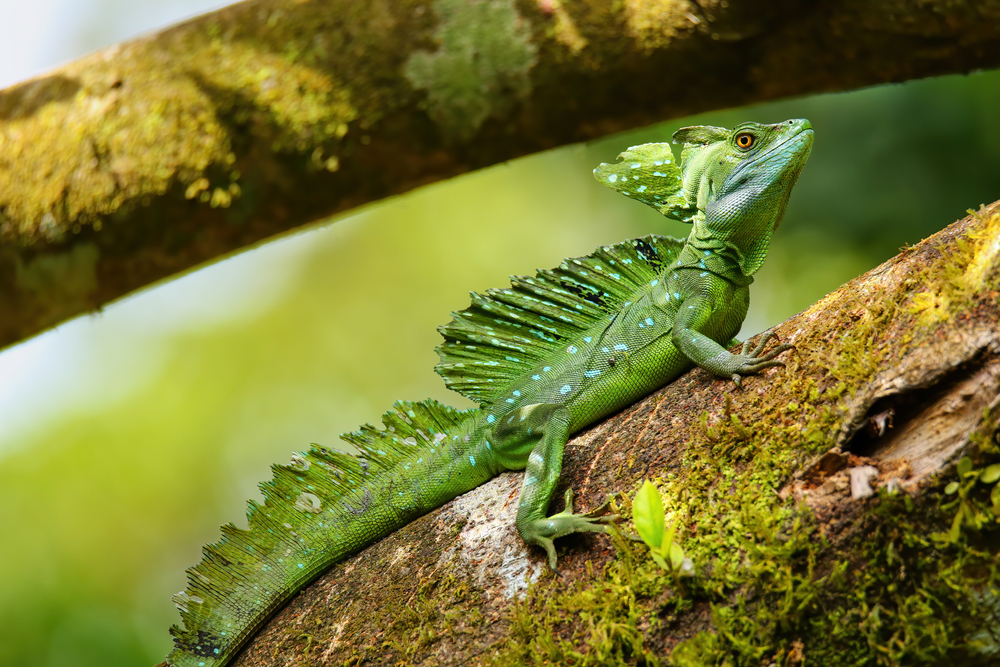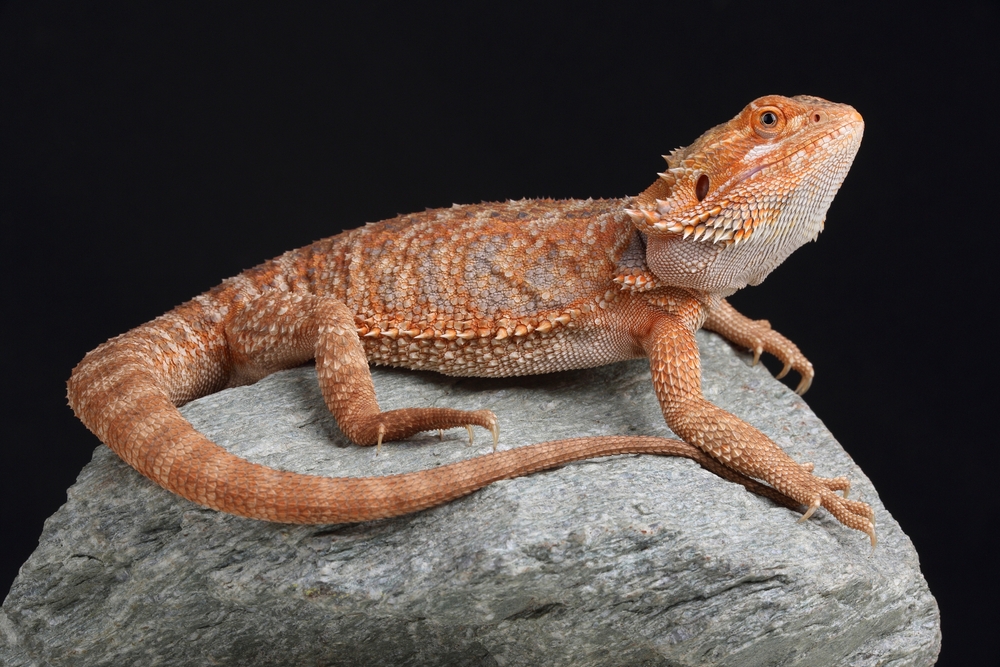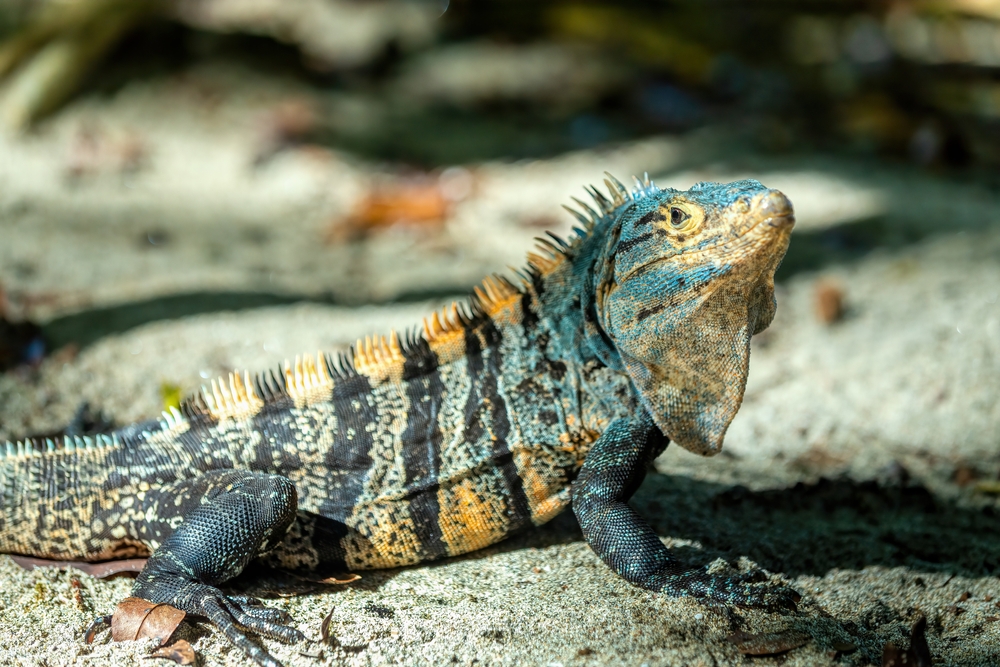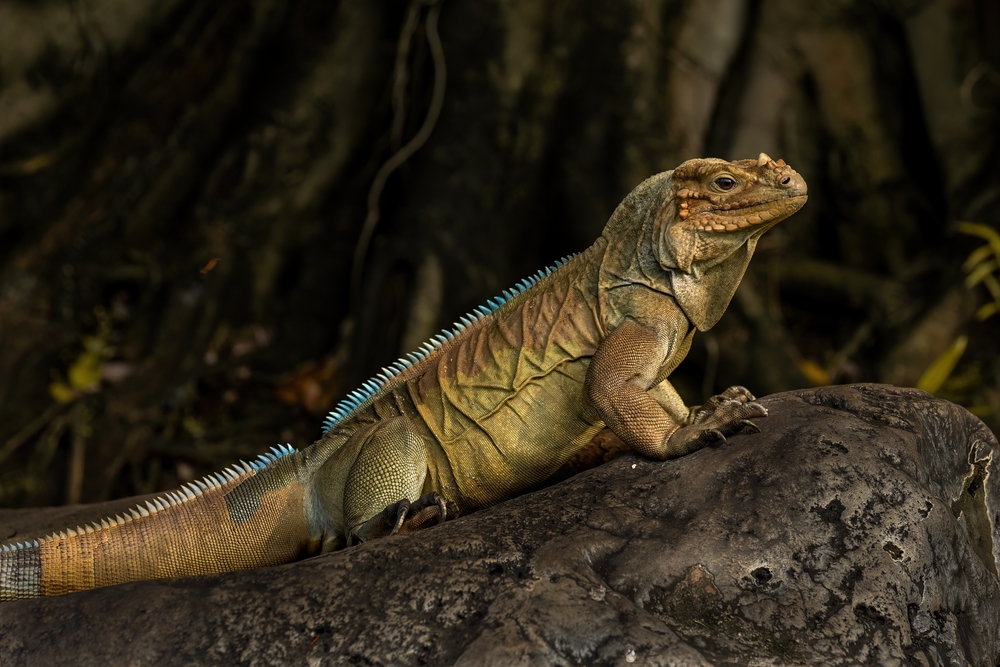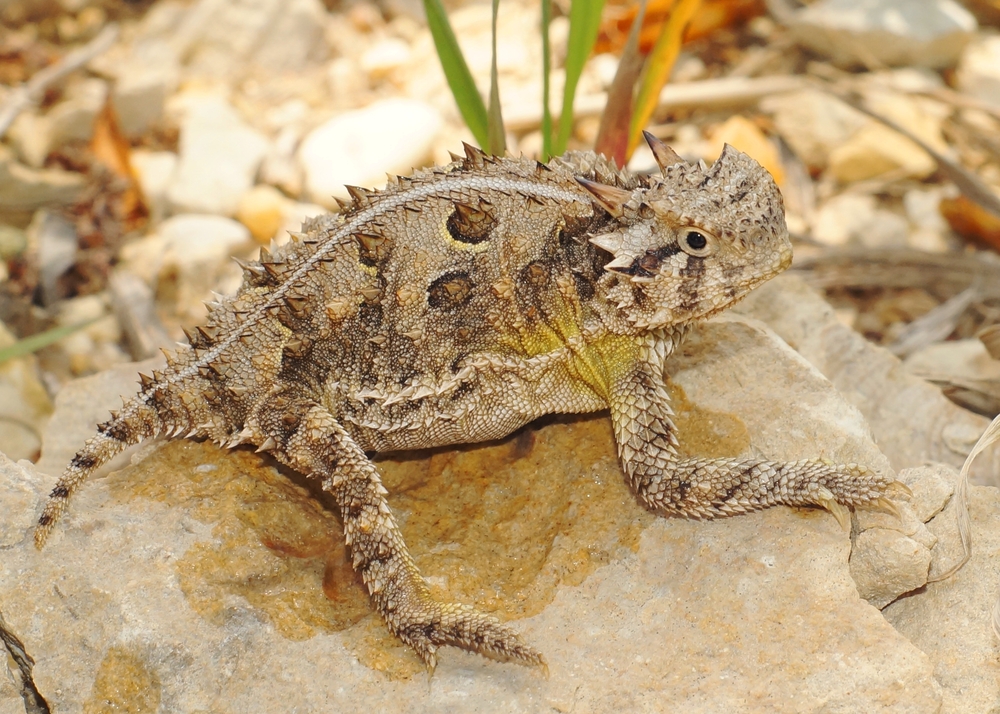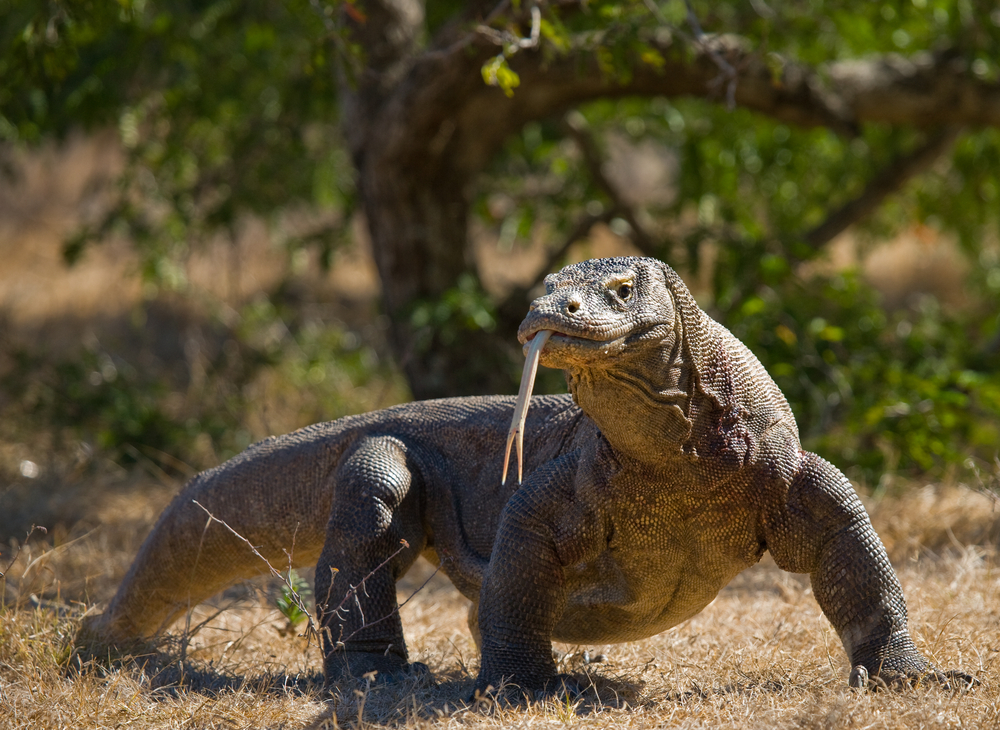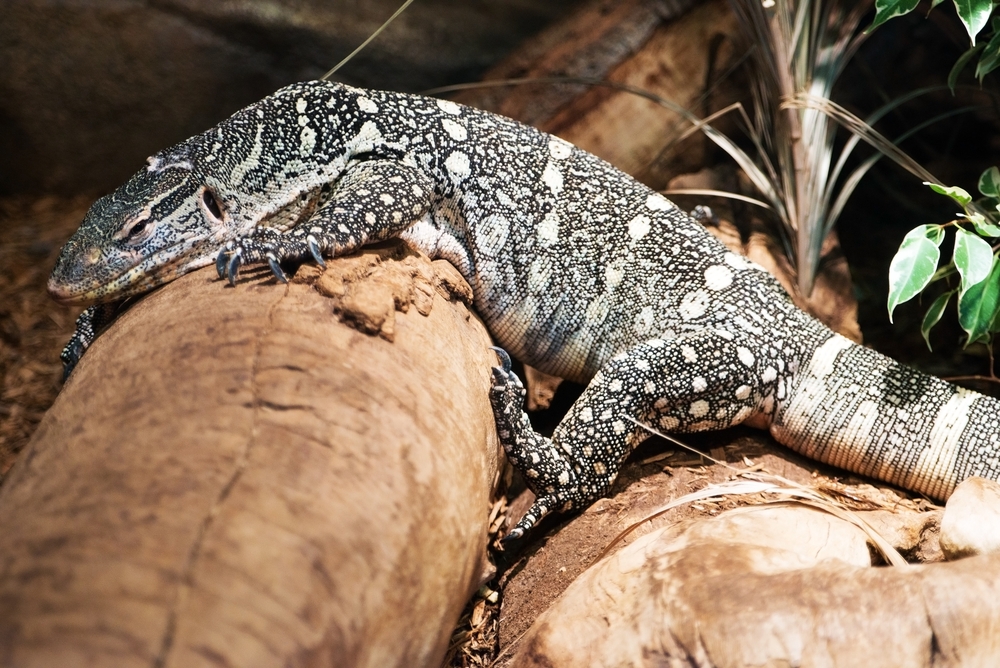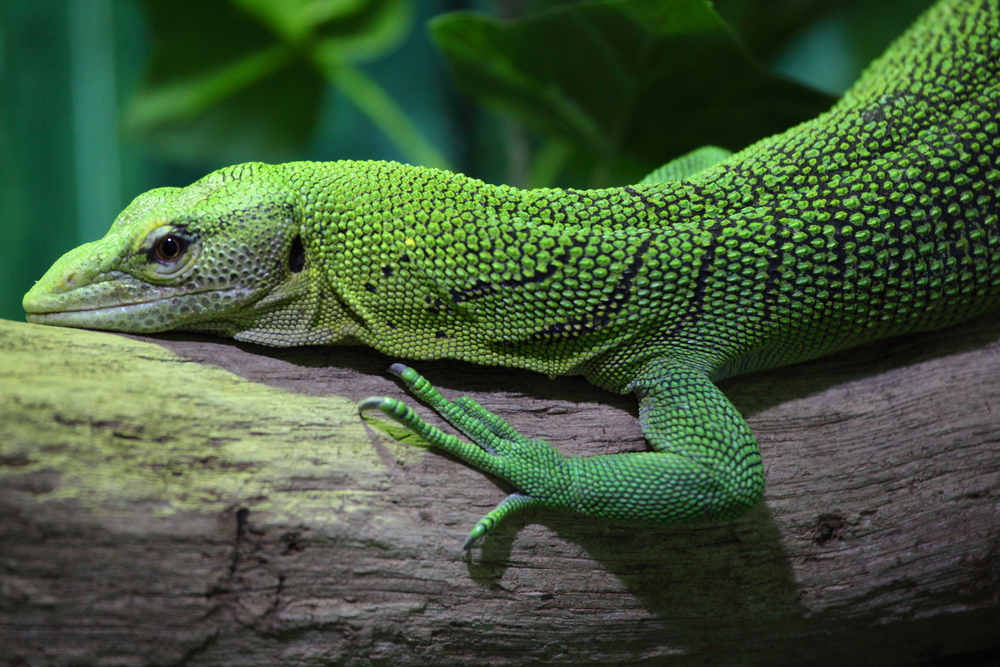The Frill-Necked Lizard is the sole species in its genus (Chlamydosaurus), making it evolutionarily distinct. However, it shares ancestry and behavioral traits with several Agamid lizards, particularly within the Australian and Southeast Asian region:
-
Bearded Dragon (Pogona vitticeps):
-
Shares similar body shape and territorial displays, including head-bobbing and mouth-gaping
-
Unlike the frill, the bearded dragon displays a spiny throat beard during threat or dominance behaviors
-
-
Boyd’s Forest Dragon (Lophosaurus boydii):
-
Another Australian agamid with arboreal habits and spiny head ridges, though less dramatic in display
-
Slower and more secretive, with greater tolerance for rainforest conditions
-
-
Sailfin Lizard (Hydrosaurus spp.):
-
Native to Southeast Asia, this large, semi-aquatic lizard shares the bipedal sprinting ability, though it favors water escape
-
These species share visual displays, climbing ability, and similar ecological niches, but the Frill-Necked Lizard’s neck frill and combination of defense and speed make it evolutionarily one of a kind.



































































